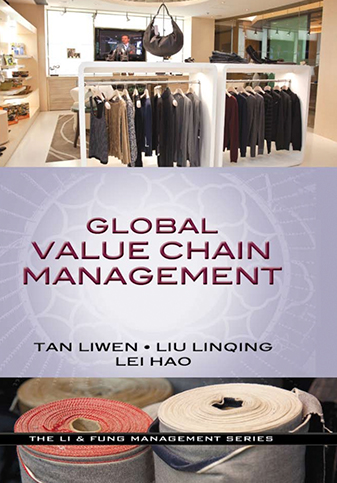BOOK
Global Value Chain Management

Publication Date
Language
English
Over the past few decades, increasing economic globalization and trade liberalization have removed many trade barriers between countries. More and more businesses have reconfigured their value chain activities to leverage the comparative advantages offered by different countries in order to optimize the benefits available in worldwide value chains. For example, many multinational corporations have set up their headquarters in the United States, but have their design and manufacturing operations in Europe and in China.
In the past, many companies conducted all of their value chain activities in one location; today, these are dispersed across the world. Nowadays we see increasing disintegration of the global value chain, or vertical disintegration. Many firms are offering services in a few specialized areas and are outsourcing their noncore operations, allowing them to focus on their core competencies. This is a fundamental change from the way people used to perceive competition. Nowadays, value chain relationships are becoming increasingly intricate. “Co-opetition” is growing—firms do not always compete with one another, instead they sometimes compete and sometimes cooperate to combine their individual advantages. In fact, in order to win in the competitive global marketplace it is important to recognize that competition today is increasingly “value chain against value chain,” rather than “company against company.”
However, when companies focus on a narrow range of value chain activities, there needs to be players to take charge of optimizing the overall performance of the entire value chain, overseeing all its activities. Let us call these firms the value chain orchestrators. Their role resembles a conductor in an orchestra who must be intimately familiar with all of the musical instruments and pieces selected for performance, serve as a traffic director for the various sections, and control the tempo, dynamics, and elements of the music. The conductor is the soul of the orchestra.
The value chain orchestrator takes a holistic view of the value chain— it knows the industry developments extremely well, designs the value chain configurations, coordinates different value chain processes, and leads concerted efforts by different players toward the ultimate goal of better serving customers. It must also design the risk- and gain-sharing mechanisms to ensure the sustainability of value chain relationships. Value chain orchestrators adopt a different kind of governance approach—network governance—instead of the traditional market and hierarchy governance approaches. To overcome some of the drawbacks of the two approaches, network governance also relies on trust in relationships to govern the behavior of firms.